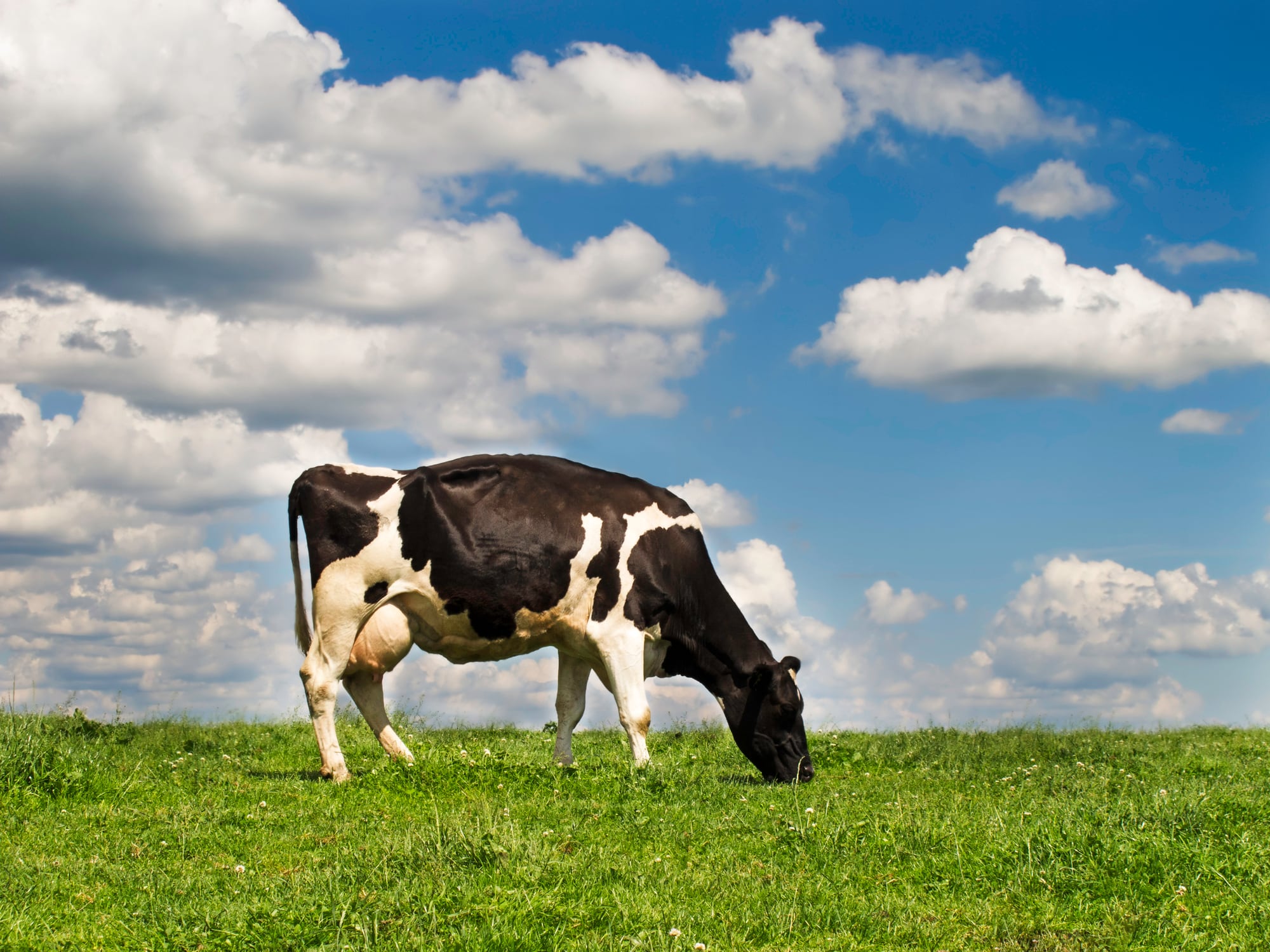Key takeaways
- GRI’s Sector Standards program enhances sustainability reporting by providing sector-specific guidance, improving accountability, and building trust.
- GRI standards are globally recognized, aligned with the GHG Protocol, and endorsed by the UN.
- Universal, Sector, and Topic standards help organizations tailor their sustainability reporting to relevant business areas.
- Global harmonization of ESG reporting facilitates easier data collection and consistency across the supply chain, benefiting companies and suppliers.
- Effective sustainability reporting supports business strategy, informs decision-making, and enhances stakeholder trust and reputation.
Gelkha Buitrago helms the Global Reporting Initiative’s Sector Standards program, designed to help businesses streamline disclosures, improve accountability and build trust through sector-specific sustainability reporting.
The GRI standards were already the most widely used sustainability reporting standards globally, but their critical role as a common foundation for reporting was further underpinned earlier this year.
Firstly, GRI’s Climate Change (102) and Energy (103) standards were launched in June 2025, fully aligned with the GHG Protocol.
Secondly, the UN endorsed the GRI standards by calling on member states to utilize them ‘in a flexible and country-specific manner’.
And finally, a critical gap between GRI’s broader approach to reporting and the IFRS’ financial materiality-focused standards was bridged: with organizations now able to use equivalent disclosures in IFRS S2 on scope 1, 2 and 3 GHG emissions to meet corresponding requirements in GRI 102, GRI’s universal climate disclosures standard.
Understanding sustainability standards can be daunting, but GRI’s modular approach helps here. The standards are grouped in three tiers – Universal, Sector, and Topic – and are designed so businesses can access guidance on what’s most relevant to their organizations.
Buitrago heads up the GRI Sector Standards Program, which has the ambition to develop standards for 40 sectors.
“We have started with those with the highest impact,” she told us. “Mining, oil and gas and coal; agriculture; aquaculture and fishing, and now we are developing [standards] for financial services, banking, capital markets and insurance, and also textiles.”
“We provide the sectors with guidance on which are the most important topics to report on.”
Gelkha Buitrago, Director Sector Standards, GRI
The sector standards are developed in a multi-stakeholder process that takes between two and three years and involve experts from all over the world, we were told.
“There’s a great degree of collaboration and alignment with key frameworks in the sector, including SBTI and CDP.”
Gelkha Buitrago, Director Sector Standards, GRI
So how should organizations get started with applying the standards? “That depends on where they are [in the supply chain] and which activities they perform,” Buitrago said.
“Dairy companies can use GRI 13 (the sector standard for agriculture). Food and beverage companies for whom we don’t yet have sector-specific standards for can also use GRI 13 to identify their upstream supply chain emissions and which topics are the key indicators to report on.”
When there isn’t an applicable sector standard however, companies can use the universal standards. “These contain guidance on reporting about the organization, employees, strategy, and so on. Organizations can also use the materiality assessment to identify which are the key material topics for them, then go to the topic standards.”
“It’s a modular approach: organizations can use what is relevant to them in terms of their own reporting journey,” she added.
GRI standards overview
GRI's standards are nested across three tiers and can be applied in a modular way, based on what are the most relevant areas of reporing for businesses.
The standards are grouped under:
- Universal Standards: which incorporate reporting on human rights and environmental due diligence, in line with intergovernmental expectations, and apply to all organizations.
- Sector Standards: which foster consistent reporting on sector-specific impacts.
- Topic Standards: these list disclosures relevant to a particular topic, such as tax, diversity and equality and economic performance.
Joining the dots
Most of the world’s 250 largest companies – around 1,500 according to KPMG research – already leverage GRI standards for their reporting. But are there bigger reasons for others to strive for alignment on sustainability reporting?
Market competitiveness, access to capital, an optimized value chain, and adherence to regulation are the big factors here.
“We believe that using the standards helps to improve comparability and consistency between different organizations,” Buitrago said.
“When you use a standard or topics that are relevant to your sector, you build a common understanding about the likely material impacts, what to report on, and how that would drive meaningful reductions.”
“You know what data to collect – and if your peers do the same, you can check your performance against theirs and use that information to set your own strategy.”
“You can also ensure that actually you are attracting capital, because investors are interested in ESG,” Buitrago added.
73%
of the world’s 250 largest companies use the GRI standards.
GRI’s sector standard on agriculture, GRI 13, is currently being aligned with the universal standards on Biodiversity, Climate, and Energy and is set for re-release in January 2026. “Alignment enables users of the sector standards to be reassured they’re using the best-in-class, most up-to-date versions to report on,” she explained.
What harmonized ESG reporting means for the global food and beverage supply chain
So much about applying the standards: for food companies globally, there are hurdles to clear before they get to that point, such as measuring and collecting emissions data, a task that’s ‘a lot of effort’ and involves partners up and down the value chain, as Buitrago acknowledged.
Those stakeholder relationships are another reason why global harmonization is crucial. “Suppliers don’t just work with one company – they have many different business relationships which overlap,” she explained. “The more aligned we are, the easier the reporting gets.”
“We don’t see separation between sustainability and business strategy –sustainability information should inform decision-making.”
Gelkha Buitrago, Director Sector Standards, GRI
At a government level, stable policy is where the game is at. “There is uncertainty that exists at the moment with the changes in the ESRS [the European Sustainability Reporting Standards], and we would also like to call on governments to mandate and build on global standards for materiality reporting.
“We have been developing standards for more than 25 years; so there’s a lot of work already done for governments to build on, to develop their own national reporting requirements.”
“Governments don’t need to adopt all the standards in full: they can tailor these to their own needs and priorities.”
Gelkha Buitrago, Director Sector Standards, GRI
“But we do believe that using these global standards will help the interoperability of global companies.”
As for agriculture, the sector’s impact on the climate ‘is quite clear’, Buitrago said.
“The evidence is there. This alignment would enable us to have a common language when it comes addressing the challenges, and to measure and to be accountable for the progress, too.
And when you communicate your action and approach clearly, you can really engage in a conversation with key stakeholders, build trust and boost your reputation.”
“Organizations that report with GRI standards are much better placed to report with any other jurisdictional approaches that they need to be in line with.”
Gelkha Buitrago, Director Sector Standards, GRI
She concluded: “Many of the sustainability challenges that we face at the moment, there’s no single organization that is going to single-handedly address them – you need to have the force of an entire sector.
“And reporting can be a great way to get organizations to pre-competitively consider how they can address these challenges together.”

We want to hear what you think! Take our short, anonymous sustainability survey - and we'll make a donation to Farm Africa
Is the food and drink industry doing enough when it comes to sustainability? Where are the causes for celebration - and what are the challenges and concerns?
We want to know what you think! This short, anonymous poll will take just a couple of minutes to complete: yet your thoughts will help us take a global pulse check of what matters most as we look to shape a more sustainable future for the F&B industry.
And for every survey completed, we'll make a donation to Farm Africa: a charity that reduces poverty in eastern Africa by helping farmers grow more, sell more and protect the environment for years to come (up to a maximum amount).
Climate Smart Food: Understanding climate risks
Want to know more about how the food and beverage industry can futureproof itself against climate change? Check out FoodNavigator's Climate Smart Food broadcast series.
Taking place September 9, 16 & 2 3, Climate Smart Food is a free webinar series designed to inform food and beverage manufacturers about how to tackle climate risk with real-world strategies: from smart farming and resilient ingredients to low-impact packaging and emissions reduction. Viewers will hear from industry leaders and innovators from organizations like Nestlé, ING Bank and Heineken UK.
Climate Smart Food will also be available on demand if you are unable to join on the day - but make sure you register for free to gain access.




